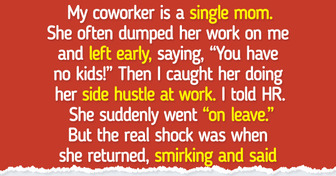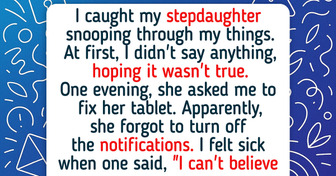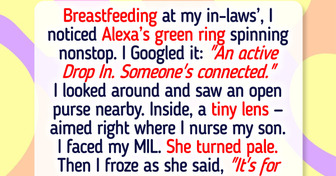11 Heartwarming Stories That Prove Family Is Everything

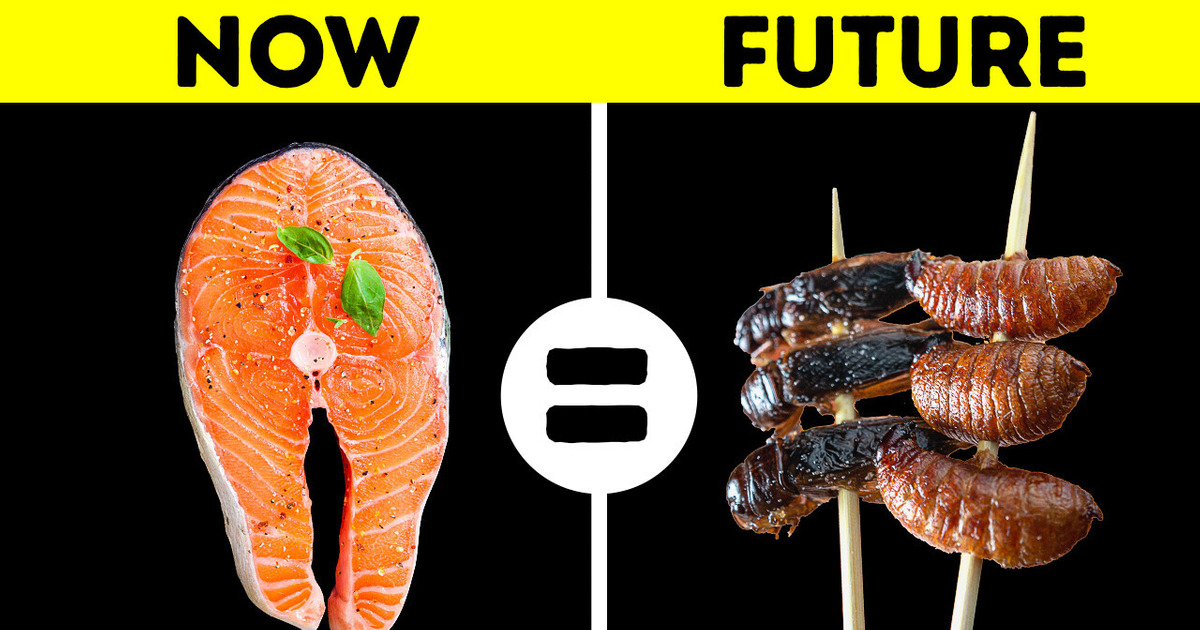
If you feel tired of cooking but aren’t ready to switch to fast food, there’s some great news for you. In the near future, the whole process will become easier than ever. Your kitchen robots will do all the work for you.
You’ll order your high-tech sous-chef to cook any meal of your choice on your way home. It will gather the necessary ingredients, peel, grind, fry, boil, and do everything that has to be done. All you’ll have to do is make sure those ingredients are in the fridge. Or get a shopping robot.

The first robotic kitchen has already been developed in London. The robot consists of two articulated arms, cooking hobs, oven and a touchscreen interface and can stir, chop, whisk, pour, and even clean. That’s the best part for me! There are 20 motors, 24 joints, and 129 sensors in each hand that let the robot mimic the movements of real human chefs. It’s pretty expensive now, but the price could probably become more affordable when more of those are invented.
And on those nights you’ll decide to give your kitchen robot a break, you’ll be able to order food from your favorite restaurant in a brand-new way. You’ll call them to make an order. They’ll send the data to your home 3D printer, and your food will be there in no time. There will be a database of every single flavor, color, shape, and texture. Download, print, eat — it will be that easy!
There are already many 3D food printers that you can buy and restaurants where all the food, utensils, and furniture are 3D-printed. The foods that you can print now, are limited to available processes, but that will change in the future. 3D food printing is creating three-dimensional objects from digital files, one layer at a time. This process is faster than traditional cooking methods. It’s like putting the icing on a cupcake through a piping bag. You feed your printer with ingredients like chocolate, tomato paste, mousse, or other viscous foods, (let’s hop not all at the same time), and it fills in a model you design yourself or download.
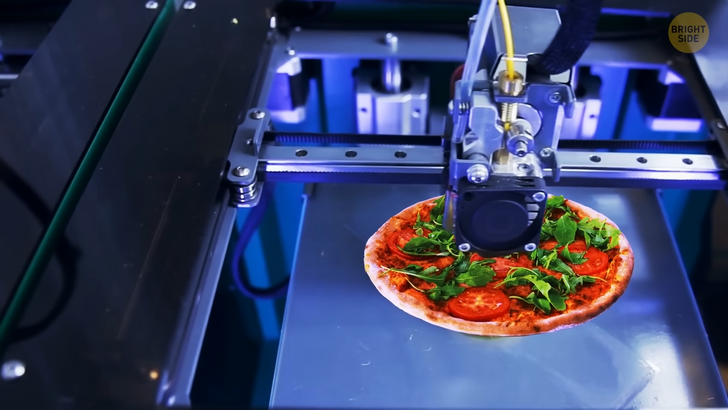
Since 3D food printers are still something unique, no one would use them to print fried eggs or boil spaghetti. They’re used for creating exclusive shapes and designs in gourmet dining. NASA is also experimenting with 3D-printed food to spice up the astronauts’ diets. This kind of food is also a great solution for people who have trouble chewing and swallowing. In the not-so-distant future, every supermarket will have seaweed, a type of algae.
It will come in all varieties, from savory to sweet. Algae are easy and quick to grow and need much less land than crops like soybeans. And, they have the essential nutrients: protein, iron, and antioxidants. There will also be more beans, legumes, and nuts on the shelves. Production of those is expected to increase by 100 to 200% by 2050 since they’re more eco-friendly than animal-based proteins and cost less.
Meat consumption is growing every year, so we’ll need to find an alternative to it. Lab-grown meat will be a real hit. Turns out you can get tons of meat from just a few starter cells. Plus, it should taste just as good as regular-old meat from back in the day. Beef, duck, and even fish will be grown in labs. There will also be dairy-free milk and cheese, plus animal-free egg whites. False banana, which is a close relative of the banana we all know, will be the real hero of the century. We’ll ferment its starchy stems and roots to make porridge and bread. This crop will be able to feed more than 100 million people.
If you don’t like the taste of your new food, you’ll be able to change it by playing the right music. Scientists are already running experiments on that. Loud sounds can make food taste crunchier and crispier but make it less salty and sweet. So, if you want to spice things up or make them sweeter, you should try playing high-frequency sounds. Low-frequency sounds will boost bitter flavors.
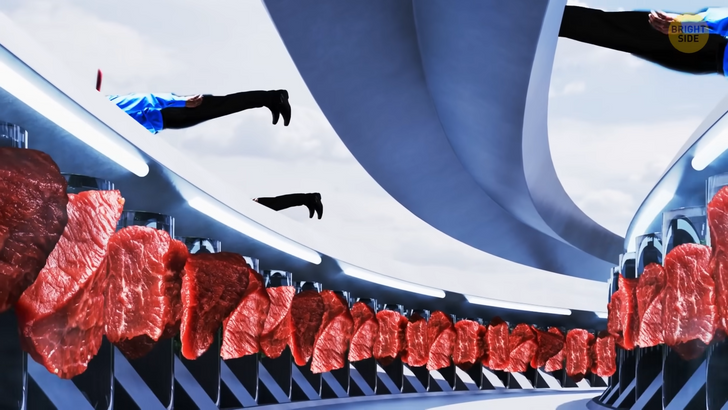
More and more people will include insects in their diets. Before you say yuck, hear me out! They have just as much fat, protein, vitamins, fiber, and minerals as fish or beef. They’re healthy, much cheaper, and need less land and water than animals. Plus, they will come in awesome flavors. Apple, bacon, peanut butter, fish — anything you can think of!
Packaging will self-decompose and will only live as long as the food and drinks it has inside. It will be made of seaweed and water. There will also be oil packaging made of caramelized sugar-coated with wax. You’ll break it open like an egg.
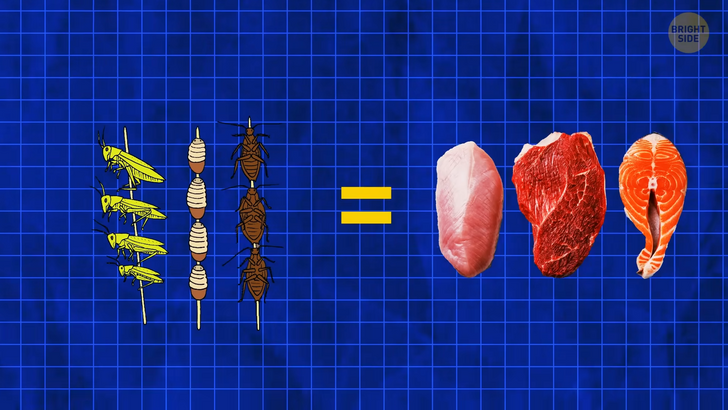
The farmers of the future will still use their hands in their work, but these hands will mostly be on the remote control buttons and levers. Tech startups in the agriculture sphere are already working on bringing that future to us as soon as possible. They received millions in grant money to develop software, automated equipment, and other cutting-edge technology to help farmers take their businesses to a whole new level.
Satellites will monitor fields from space, sending images to farmers. Drones will help keep everything under control closer to the ground. LED lighting will take another step up, and each crop will get the perfect light conditions. Better photosynthesis means higher yields.
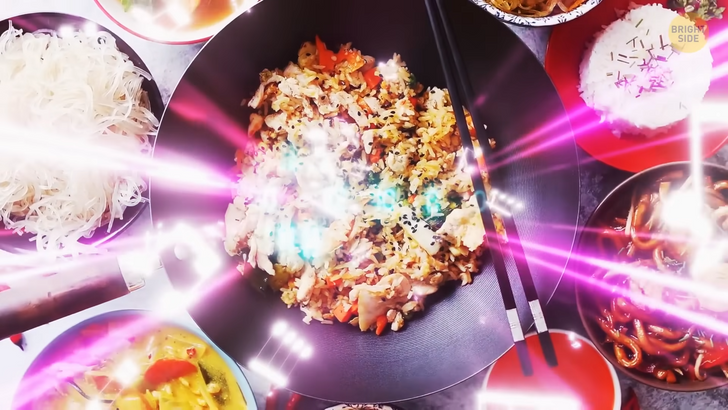
Teams of field robots will apply fertilizers in just the right amount. They’ll know exactly how much water and nutrients each of the crops needs based on the data brought by hundreds of sensors installed in the soil. Those sensors will keep an eye on the temperature, moisture, humidity, and even the color of fruits that are still developing. This way, farmers won’t have to spend more water, light, and labor than they have to or shower the entire place with more fertilizers than the crops will ever need. It will be great for the local ecosystems.
Many of these ideas are already in use today, but developing technology will help take them even further. Farmers already use gadgets to analyze data and increase their profits, but big data analytics will help them share it globally and learn from the experience of others. Technology has also enabled farmers to have more flexible working days. Let’s say you have a dairy farm. You won’t have to come to the milking parlor 2–3 times a day anymore, even to turn on the equipment. Robotic milking systems will do all the work for you!
By 2050, fields or crops we’re used to won’t disappear, but there will be more and more so-called vertical farming. That means growing crops in a controlled environment of a greenhouse with vertically stacked layers. Such farms are less affected by the weather since all the crops are indoors. Plus, they grow in nutrient-enriched water instead of soil or are sprayed with that water, which means crops can thrive in any climate. Vertical farms also need 99% less land than outdoor farms.
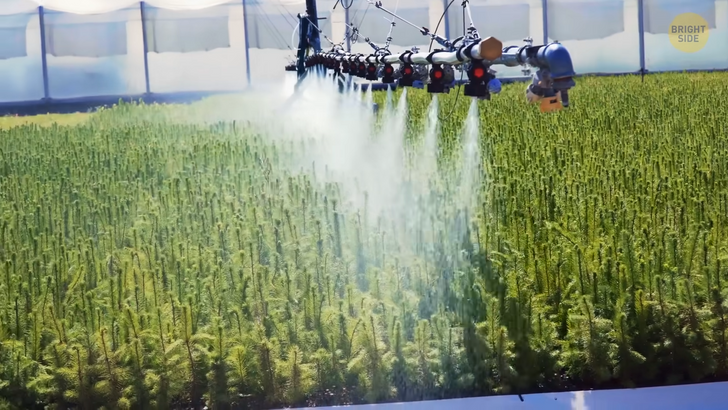
Fruit and vegetables will be made more nutritious thanks to scientific progress. The produce we have today is already a result of thousands of years of selective breeding. Carrots haven’t always been orange, and peaches were once salty.
The latest advance is enriching fruit and vegetables with vitamins they don’t contain or aren’t rich in. Researchers from Australia have already managed to snip out genes from a specific type of banana rich in provitamin A and insert them into a regular banana. Potatoes and rice will have more protein, and tomatoes will be richer in antioxidants. The food will be more nutritious, so we’ll need less of it!
Farmers won’t have to grow the plants to the ripe stage to see if they’re going to have the characteristics they need. They’ll get that knowledge in advance by analyzing the crops’ genetic composition. And once the produce ends up on the shelf, buyers will scan it rapidly and measure them down to the molecular level. We’ll know exactly what we eat, where it came from, and how it was grown. Bon Appétit!


